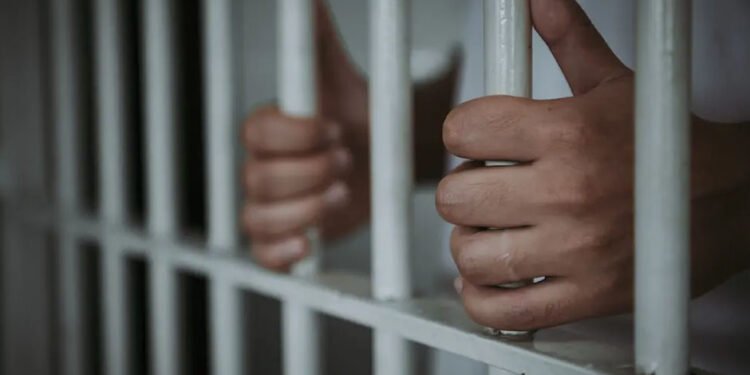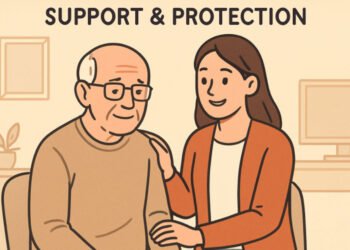The prison system has faced many problems, but one of the most serious is the high rate of sexual assault. This issue raises both moral and ethical concerns while revealing major flaws in how prisons are run and how inmates are protected. Tackling sexual assault in prisons is essential to defending human rights and ensuring the justice system remains focused on safety and rehabilitation. The effects of rape culture in these institutions harm not only the victims but also the entire justice system.
With insights from a sexual assault attorney, this guide gives an overview of the complex issue of sexual assault in prisons, examining its extent and the factors that keep it going. We’ll look at the emotional and physical impact on victims, the difficulties in reporting and ensuring accountability, and discuss proven ways to prevent it.
The Scope of the Problem
Understanding the issue of sexual assault in prisons shows just how widespread it is, affecting inmates of all genders nationwide. Statistics from the Bureau of Justice show that as many as one in ten inmates face sexual assault during their time in prison. This problem doesn’t affect just one group; both male and female inmates, as well as those who are transgender or non-binary, face unique risks.
For example, transgender inmates report higher rates of sexual assault than cisgender inmates. This data shows the serious nature of the problem and highlights the urgent need for reform to protect everyone in the prison system.
Systemic Factors Contributing to Rape Culture
A closer look at the institutional and systemic issues shows many factors contributing to the widespread rape culture in prisons. One major problem is understaffing, which leads to overworked staff who may miss or ignore abuse. Poor training also leaves employees unprepared to handle or even notice sexual violence between inmates.
The prison environment often becomes toxic, where power dynamics and social hierarchies increase inmates’ vulnerability to exploitation. On top of that, the lack of strict oversight and accountability allows abuse to happen without consequence, continuing the cycle of victimization. These factors show the urgent need for reforms to make prisons safer.
The Psychological and Physical Impact on Inmates
The impact of sexual assault on inmates is severe, both mentally and physically. Psychological effects like anxiety, depression, and PTSD can last long after the assault. Physical injuries may range from bruises and bleeding to more serious harm that needs medical treatment.
The emotional pain often lingers for years, showing up as nightmares, trust problems, and challenges in building relationships. This highlights the urgent need for strong support and recovery programs in prisons. Giving inmates access to mental health care, medical treatment, and support groups can help them heal and reduce the lasting impact of their trauma.
Challenges in Reporting and Accountability
Inmates face major challenges when trying to report sexual assault, mainly due to fear of retaliation and a deep distrust in the system that’s supposed to protect them. The threat of payback from other inmates or even prison staff often keeps victims silent, leaving many assaults unreported.
On top of that, the process of holding perpetrators accountable is severely lacking. Investigations are often flawed or biased, and any punishment that happens is usually too weak to deliver real justice. This not only lets the offenders off the hook but also keeps the cycle of abuse going, leaving victims feeling hopeless.
Strategies for Change and Prevention
Preventing sexual assault in prisons requires a varied approach that includes policy reforms, staff training, and inmate education. Clear policies establish strict guidelines to deter potential perpetrators and ensure swift justice for victims. Extensive staff training is a must, giving prison personnel the skills to recognize, prevent, and respond to sexual violence, thereby reducing abuse. Inmate education programs are equally important, raising awareness about consent, boundaries, and the safe reporting of abuse.
Robust support systems, including mental health services, peer counseling, and survivor advocacy groups, provide essential resources for victims on their path to recovery. Implementing these strategies together can create a safer, more humane prison environment where abuse is actively addressed and prevented.
Addressing sexual assault in prisons is key to fostering a safer and more just correctional system. The widespread nature of this issue, coupled with systemic failures and a lack of accountability, highlights the urgent need for reform. By implementing stronger policies, improving staff training, and providing essential support systems for inmates, prisons can move toward a culture of safety and rehabilitation. These changes not only protect the rights and well-being of inmates but also reinforce the integrity of the justice system, promoting a more humane and accountable environment.












